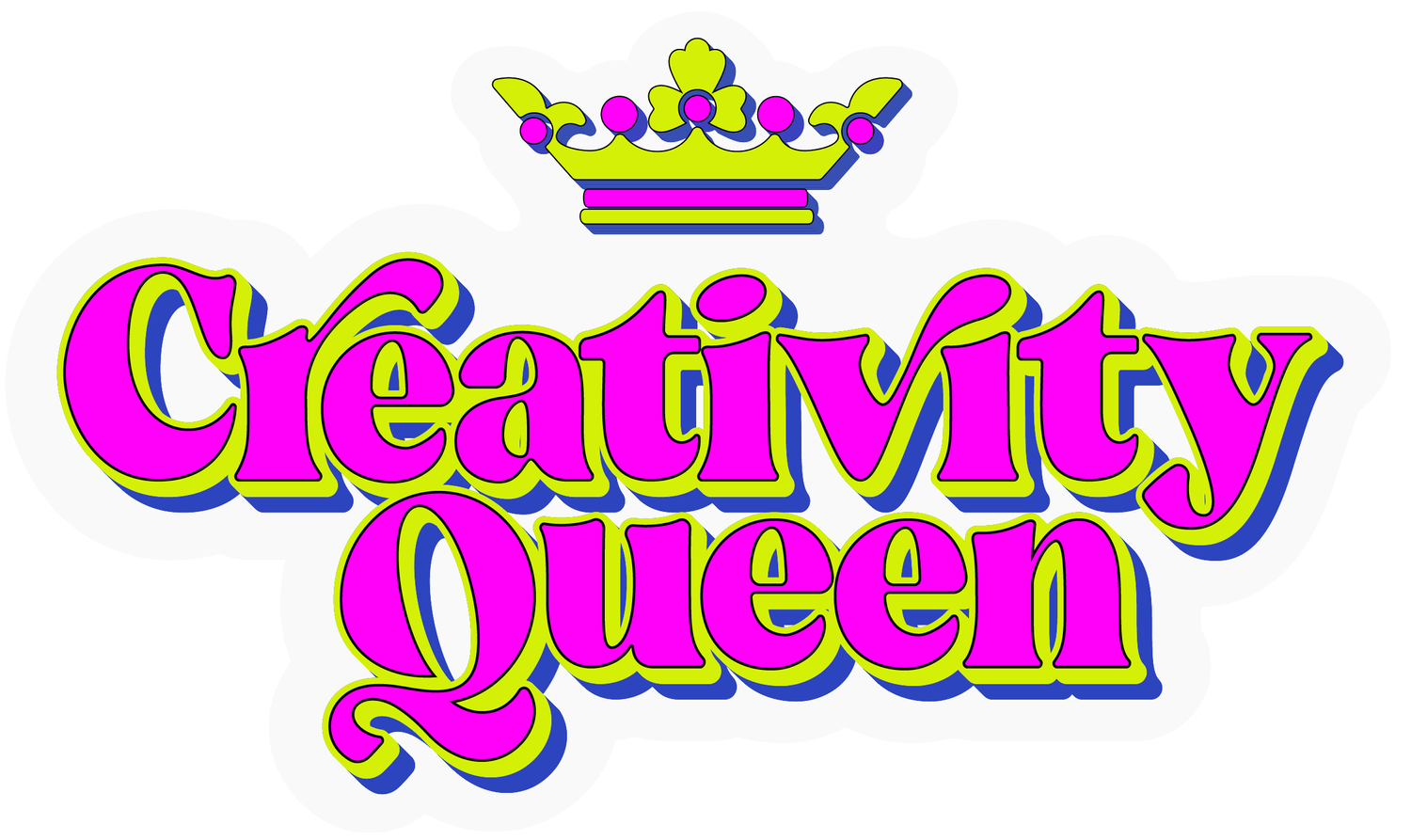Cognitive Behavior Therapy (CBT) and Art Therapy For Depression
10115483
If you are suffering from depression? there has been a tremendous amount of research that suggests that cognitive behavioral therapy (CBT) is an effective form of treatment. The recent research on positive psychology that suggests it may be complementary to CBT interventions as it relates to depression. Moreover, how can we use art therapy to reinforce these theories and interventions?
Garratt, Ilardi, and Karwoski (2006) offer a compelling article on the integration of cognitive behavioral therapy and positive psychology for the treatment of depression. The authors present the two primary goals of cognitive behavioral therapy, modifying dysfunctional thoughts and creating long-term cognitive skills to reduce relapse.
The meteoric popularity of CBT as a treatment modality arose with Beck's research of CBT and depression. However, studies suggest that long-term recovery is sustained in less than half of the clients who receive CBT for treatment of depression. It is the implication of long term success with clients that leads the authors to explore the principles of positive psychology as it relates to cognitive behavioral therapy.
The article suggests the conceptual overlap between CBT interventions and positive psychology approach, including a strong therapeutic alliance, focus on distinct goals, here-and-now focus, cognitive reappraisal, and client collaboration. Moreover, the authors suggest there is an overlap in techniques that are congruent in both CBT and positive psychology. Both encourage pleasant activities scheduling, identifying and reviewing success experiences, mood monitoring, relaxation training, and problem-solving.
The authors suggest that positive psychology can provide CBT with the opportunities to move beyond removing negative affect, consequently moving the client towards positive affect, influencing quality of life. The positive psychology constructs that could blend with CBT to reduce depression and enhance over all well-being include: capitalizing on strengths, instilling hope, flow (being absorbed in the moment while engaged in an activity), mindfulness (being fully present), addressing unsolvable problems, optimism training, meaning, physical exercise, and humor.
child creating
The aforementioned interventions blend well with art therapy. Using art the art therapist can capitalize on the inherent creative strengths of the individual. Creating a picture of what the individual can imagine as a possible positive outcome can instill a sense of hope and provide a tangible road map to achieve their goals. Flow and mindfulness occurs when the individual is fully present in the creative process and is often accomplished in an art therapy session. The art making process can be used to explore choices for problems that appear unsolvable, and create meaning and purpose for the individual.
Therefore, art therapy offers a bridge to CBT and positive psychology by the process of using therapeutic art interventions that reinforce the tenants of these two theories.
If you live the Sarasota, Lakewood Ranch, Bradenton area child art therapy can help your child develop new coping strategies to overcome their depression. Schedule a complimentary phone consultation to learn more.
.


